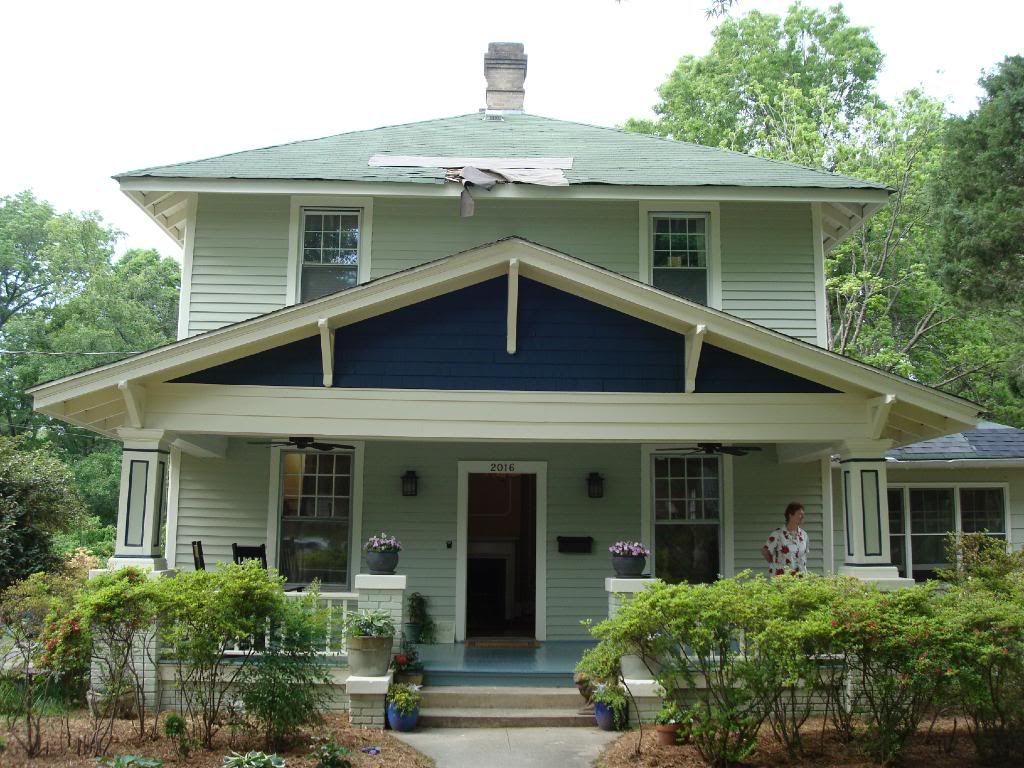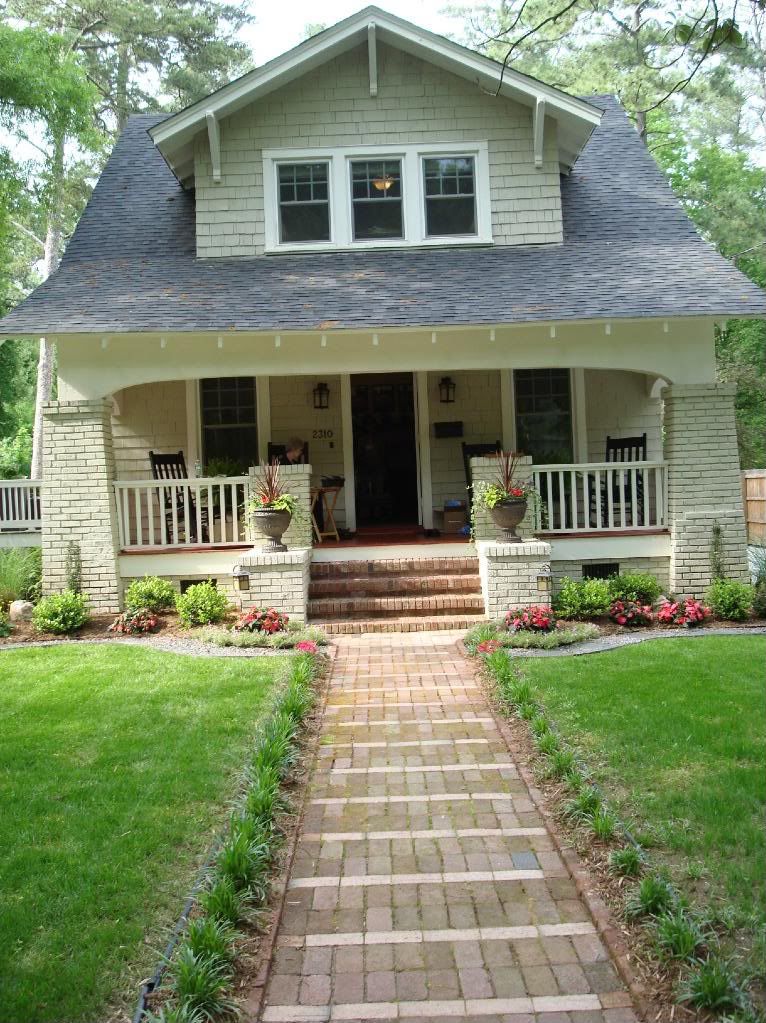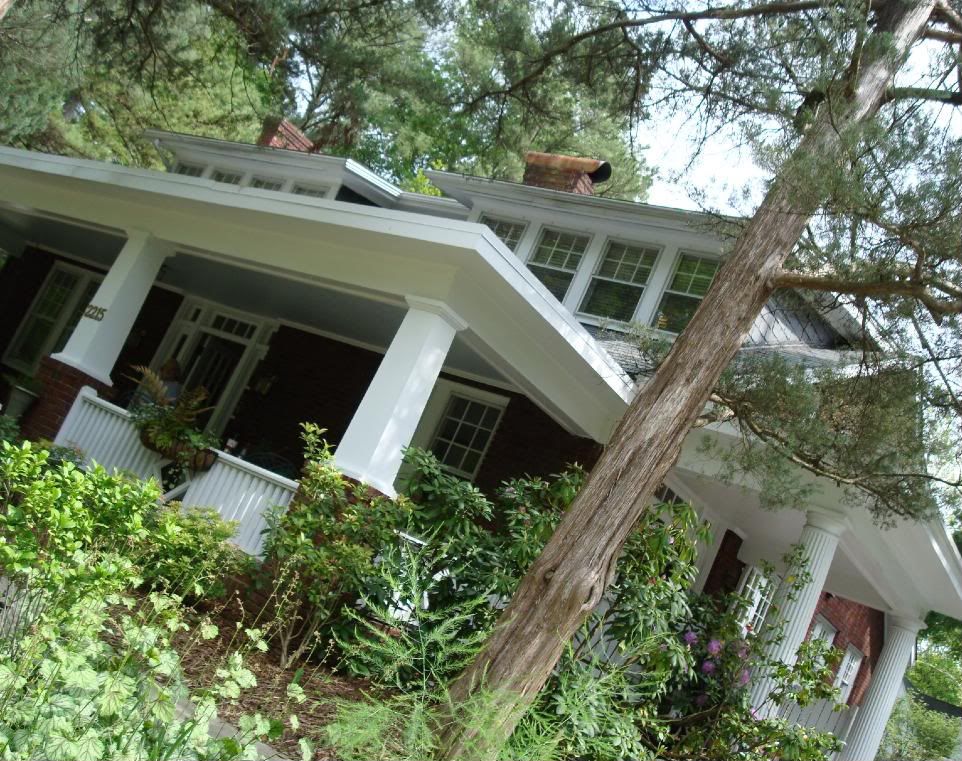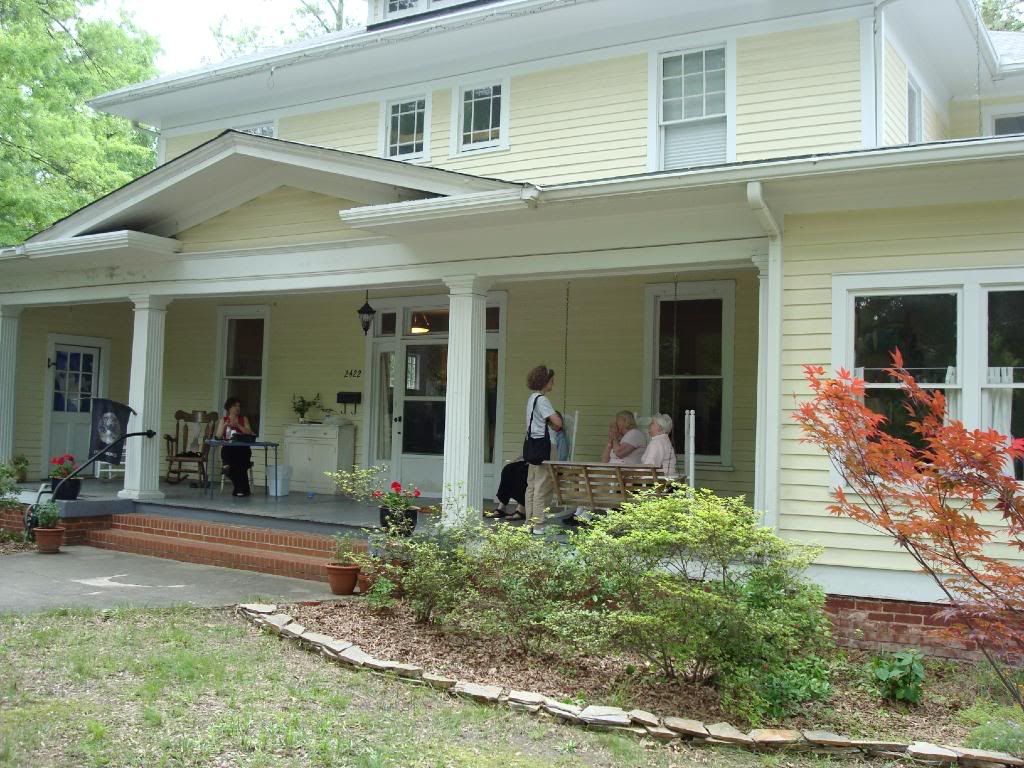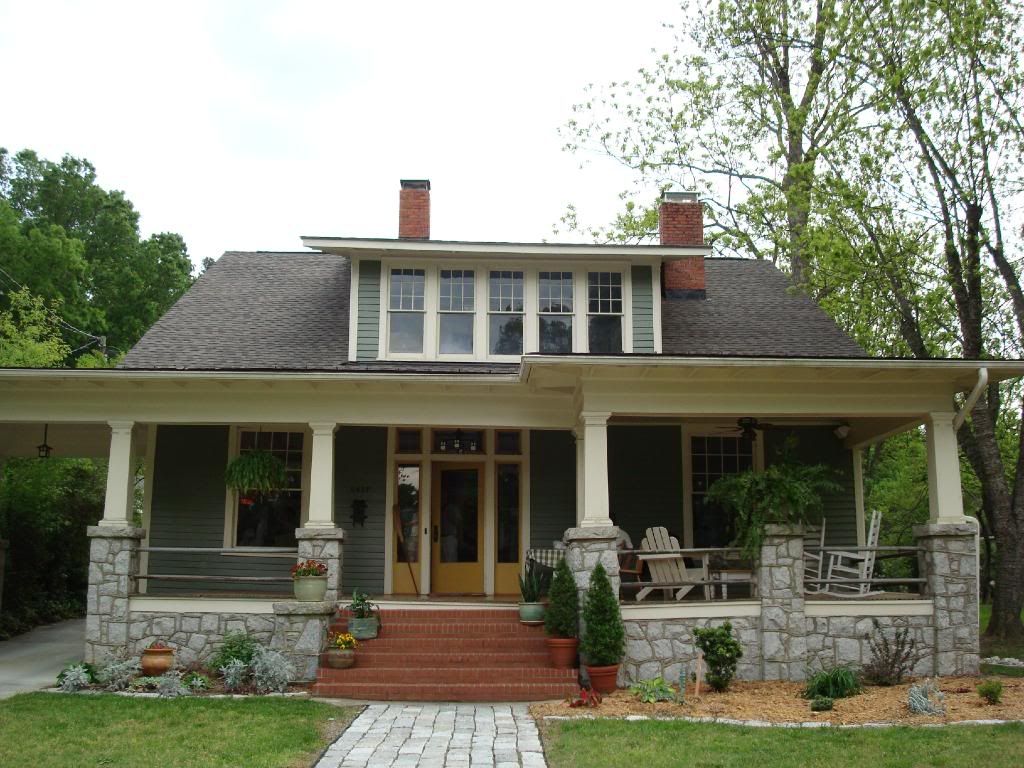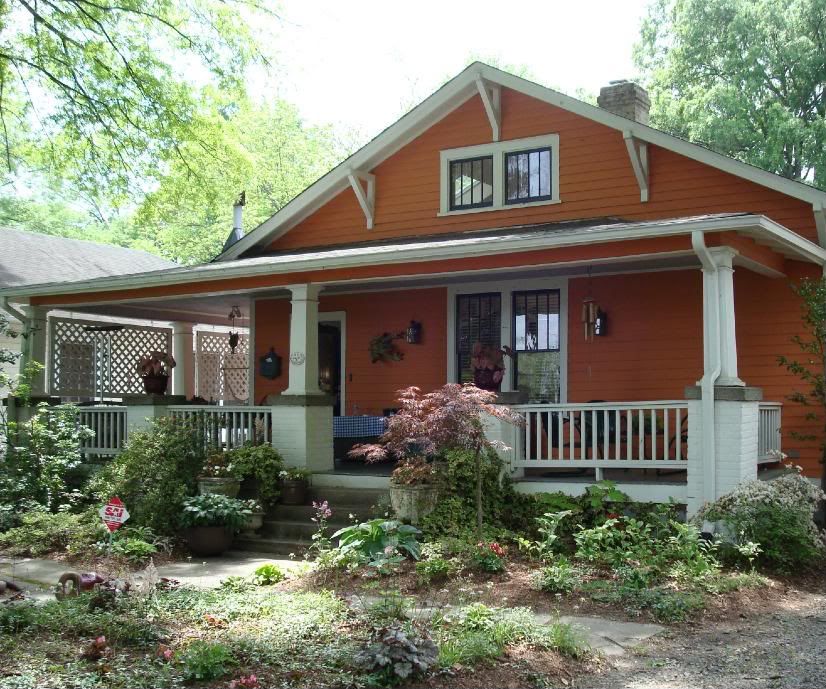
A newly released report by the Journal of Safety Research says that over the five year period studied 66,000 Americans ended up in emergency rooms with injuries caused by lawnmowers. Nearly 100 people were run over by lawnmowers during that time, including children who had been riding on the laps of the mowers. An unfortunate six folks met their demise by lawnmower in the five years studied.
Be careful with the lawnmower, America. Read the whole story here in the BBC. (Over in England they have got a special Royal Society for the Prevention of Accidents or RoSPA. Here in America, we have lawyers to sue the lawnmower company ex post facto.)
